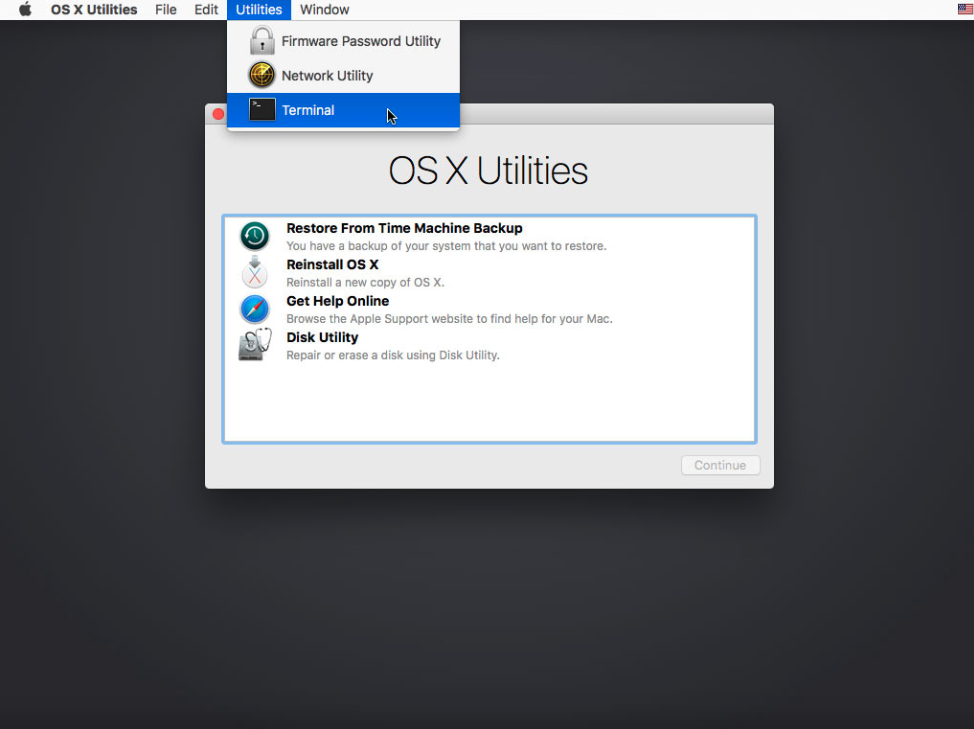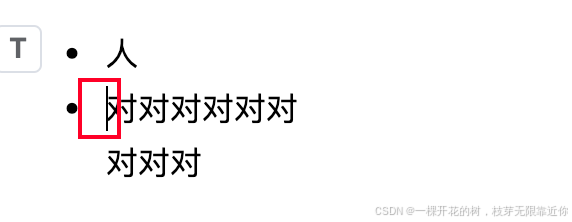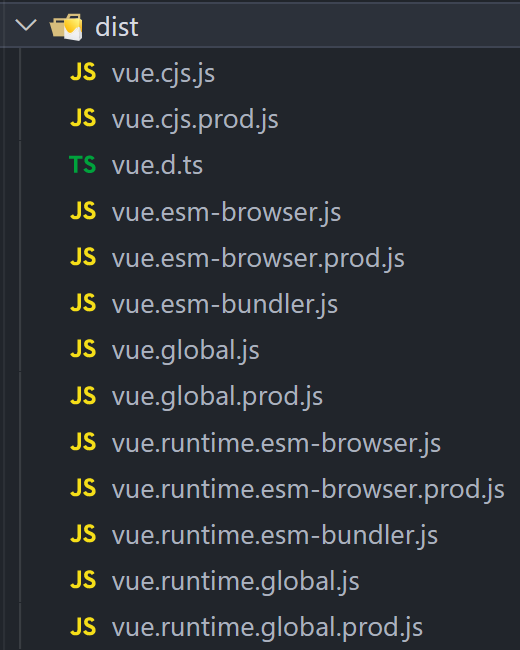组件是Vue框架中最核心的特性,它允许我们把页面拆分成独立可复用的小块。一个优秀的组件设计能让代码更容易维护,也能提高开发效率。
基础组件结构 一个标准的Vue组件包含三个部分:模板(template)、脚本(script)和样式(style)。就像搭积木一样,这三个部分各司其职又紧密配合。
<template>
<div class="user-card">
<img :src="avatar" alt="用户头像">
<h2>{{ username }}</h2>
<slot></slot>
</div>
</template>
<script>
export default {
name: 'UserCard',
props: {
username: {
type: String,
required: true
},
avatar: {
type: String,
default: '/default-avatar.png'
}
}
}
</script>
<style scoped>
.user-card {
border: 1px solid #ddd;
padding: 15px;
border-radius: 8px;
}
</style>
组件通信方式 父子组件之间的通信就像人际交往一样,既要会说(发送数据)也要会听(接收数据)。Props向下传递,Events向上传递,就是最基本的通信方式。
-
Props传递数据
<!-- 父组件 -->
<template>
<user-profile
:user-info="userInfo"
@update-info="handleUpdate"
/>
</template>
<script>
export default {
data() {
return {
userInfo: {
name: '张三',
age: 25
}
}
},
methods: {
handleUpdate(info) {
this.userInfo = {...info}
}
}
}
</script>
-
自定义事件
<!-- 子组件 -->
<template>
<button @click="updateInfo">更新信息</button>
</template>
<script>
export default {
methods: {
updateInfo() {
this.$emit('update-info', {
name: '李四',
age: 30
})
}
}
}
</script>
生命周期钩子 组件的生命周期就像人的一生,从出生(created)到成长(mounted)再到消亡(destroyed)。了解这些钩子函数的特点,可以在合适的时机执行特定的代码。
export default {
created() {
// 组件实例创建完成,可以访问data和methods
this.loadInitialData()
},
mounted() {
// DOM已经渲染完成,可以进行DOM操作
this.initChart()
},
beforeDestroy() {
// 组件即将销毁,清理定时器等资源
clearInterval(this.timer)
}
}
组件复用与混入 当多个组件有相同的功能时,我们可以通过混入(mixin)来复用代码。这就像是在做菜时准备的调味料,可以用在不同的菜品中。
// mixin.js
export const dataMixin = {
data() {
return {
loading: false,
error: null
}
},
methods: {
async fetchData() {
this.loading = true
try {
const result = await this.apiRequest()
this.handleSuccess(result)
} catch (err) {
this.error = err.message
} finally {
this.loading = false
}
}
}
}
// 使用混入
import { dataMixin } from './mixin'
export default {
mixins: [dataMixin],
methods: {
async apiRequest() {
// 具体的API请求实现
},
handleSuccess(data) {
// 处理成功响应
}
}
}
插槽使用 插槽让组件变得更加灵活,就像是给组件预留了一些"空位",可以根据需要填入不同的内容。
<!-- 基础插槽 --> <template> <div class="card"> <div class="header"> <slot name="header">默认标题</slot> </div> <div class="content"> <slot></slot> </div> <div class="footer"> <slot name="footer"></slot> </div> </div> </template> <!-- 使用插槽 --> <card> <template #header> <h2>用户信息</h2> </template> <p>这是主要内容</p> <template #footer> <button>确定</button> </template> </card>
状态管理 对于复杂的组件通信,我们可以使用Vuex进行状态管理。这就像是给所有组件配备了一个共同的管家,统一管理共享数据。
// store/index.js
import Vue from 'vue'
import Vuex from 'vuex'
Vue.use(Vuex)
export default new Vuex.Store({
state: {
userInfo: null,
token: localStorage.getItem('token')
},
mutations: {
SET_USER_INFO(state, info) {
state.userInfo = info
},
SET_TOKEN(state, token) {
state.token = token
localStorage.setItem('token', token)
}
},
actions: {
async login({ commit }, credentials) {
const { token, user } = await loginAPI(credentials)
commit('SET_TOKEN', token)
commit('SET_USER_INFO', user)
}
}
})
组件性能优化 优化组件性能就像给汽车做保养,定期的维护可以让它跑得更快更稳。
-
使用计算属性代替复杂的模板表达式
export default {
data() {
return {
items: []
}
},
computed: {
filteredItems() {
return this.items.filter(item => item.active)
.map(item => ({
...item,
price: `¥${item.price.toFixed(2)}`
}))
}
}
}
-
合理使用v-show和v-if
<!-- 频繁切换用v-show --> <div v-show="isVisible"> 频繁切换的内容 </div> <!-- 条件渲染用v-if --> <div v-if="isLoggedIn"> 用户才能看到的内容 </div>
-
使用keep-alive缓存组件
<keep-alive> <component :is="currentComponent" /> </keep-alive>
组件测试 给组件写测试就像给产品做质检,可以保证组件在各种情况下都能正常工作。
// UserProfile.spec.js
import { mount } from '@vue/test-utils'
import UserProfile from '@/components/UserProfile.vue'
describe('UserProfile', () => {
test('displays user information correctly', () => {
const wrapper = mount(UserProfile, {
propsData: {
username: '张三',
email: 'zhangsan@example.com'
}
})
expect(wrapper.find('.username').text()).toBe('张三')
expect(wrapper.find('.email').text()).toBe('zhangsan@example.com')
})
test('emits update event when save button clicked', async () => {
const wrapper = mount(UserProfile)
await wrapper.find('.save-btn').trigger('click')
expect(wrapper.emitted('update')).toBeTruthy()
})
})
实战技巧总结:
-
组件设计要遵循单一职责原则,每个组件只做一件事
-
合理使用props和events进行组件通信
-
善用计算属性和监听器处理复杂逻辑
-
正确使用生命周期钩子进行资源管理
-
适时运用混入和插槽增加代码复用性
-
使用Vuex管理全局状态
-
注意性能优化,避免不必要的渲染
-
编写测试确保组件质量
组件开发是一门艺术,需要在实践中不断积累经验。好的组件设计能让整个应用更加清晰、易维护,而且能大大提高开发效率。记住:组件就像积木,工整、清晰、可复用才能搭建出理想的应用大厦。


















